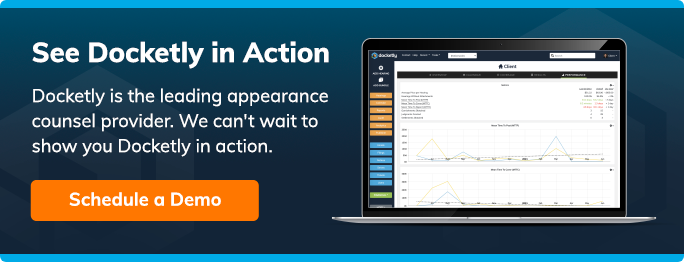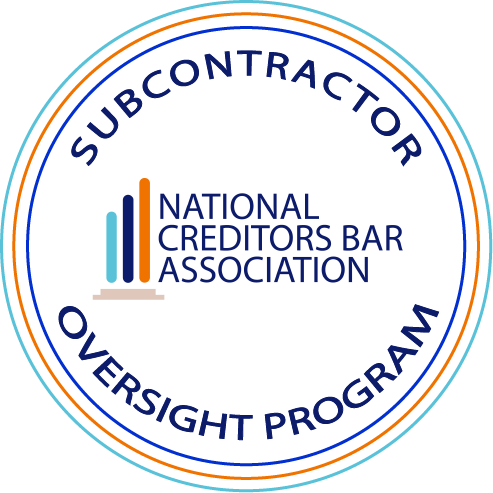New presidential administrations always bring changes to federal regulatory body priorities – not to mention a whole raft of uncertainties for those of us in affected industries. Although it is still too early to definitively say what changes the incoming Biden administration will make, a brief look at the past can provide us with an idea of how the Consumer Financial Protection Bureau (“CFPB”) may enforce the Fair Debt Collection Practices Act (“FDCPA”) in 2021 and beyond.
It’s no secret the CFPB aggressively enforced penalties prior to the Trump administration. One needs to look no further than the annual financial reports the CFPB puts out every year. In 2015, the CFPB under Director Richard Cordray collected $183,120,9079 in civil penalties from various institutions. They collected $182,138,760 in penalties in 2016. This is in stark contrast to penalties collected under Director Kathy Kraninger during 2019 and 2020. $131,171,664 and $34,189,709 were collected respectively, though COVID-19 undoubtedly had impacts on 2020.
Many in the industry are predicting a return to Obama-era enforcement practices. Former Director Cordray released a white paper on April 6th 2020 that many see as a possible indication of a new direction for the CFPB. In this paper, titled Immediate Actions for the CFPB to Address COVID-19 Crisis, he calls on the CFPB to “provide vigorous oversite over debt collectors”. This should cause debt collectors, collection firms, creditors’ rights practitioners and others to take note.
Although it remains to be seen who the new CFPB director will be, President Biden has the ability to fire Director Kraninger due to a recent Supreme Court ruling (see Seila Law LLC v. CFPB). Several possible replacements have been mentioned, including former Director Cordray, but it remains to be seen who will take the helm of the bureau should Director Kraninger be removed from her post. Nonetheless, former Director Cordray’s white paper is useful for predicting a possible new direction for the bureau.
Another thing that could affect creditors’ rights practitioners is the Consumer Bankruptcy Reform Act of 2020 (“CBRA”) introduced on December 9th. As things currently stand, the U.S. Bankruptcy Code requires borrowers to prove they have an “undue hardship” before they can discharge student loan debt. The current bar to prove this is quite high. The CBRA, if passed, would eliminate the ‘undue hardship’ requirement currently provided for by the Bankruptcy Code. Creditors could potentially see a plethora of student-loan-related bankruptcy filings given the number of U.S. citizens currently bearing some form of student loan debt.
Although these predictions are by no means comprehensive, they are a useful starting point for further research. Docketly staff will continue to monitor developments and provide periodic updates.
Financial report of the Bureau of Consumer Financial Protection







